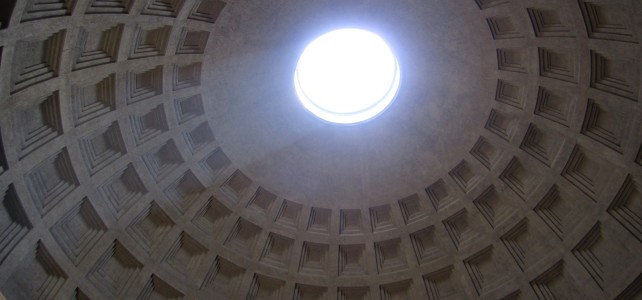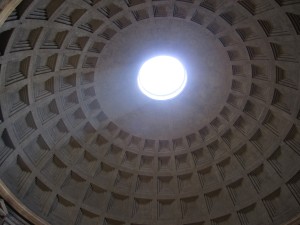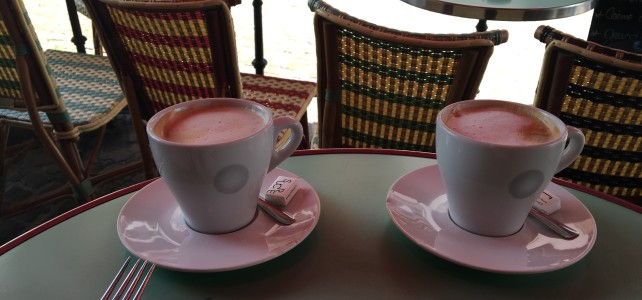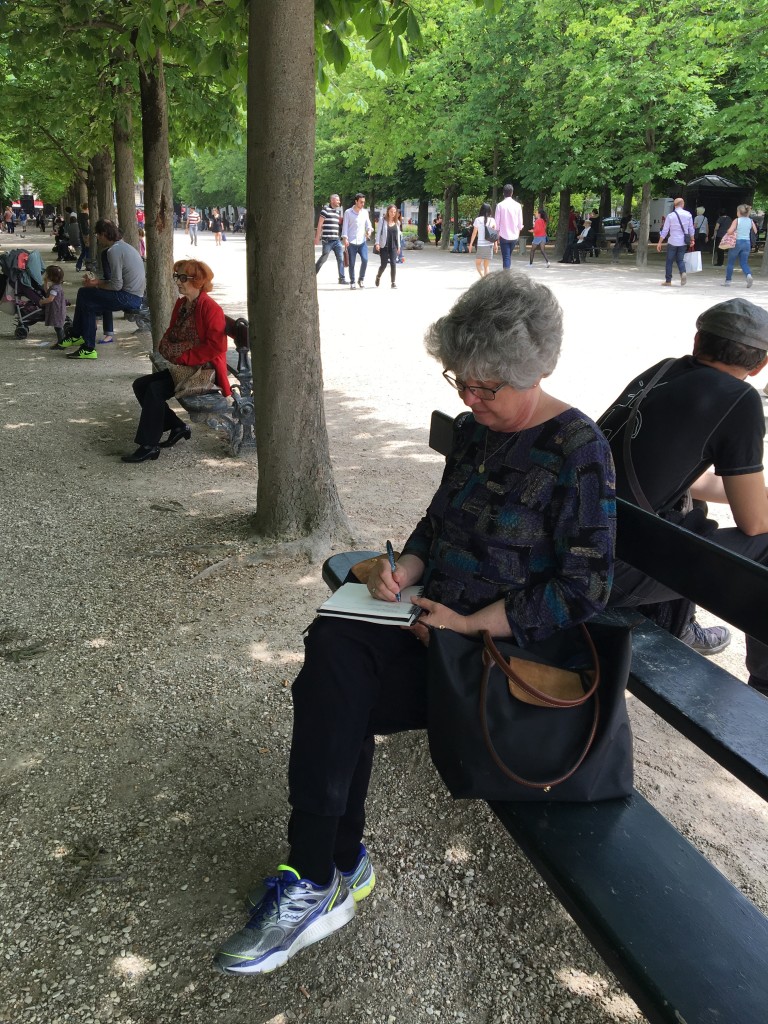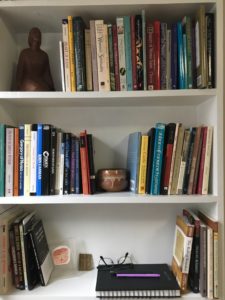
PHOTO: Mary van Balen
Sometimes the simplest of chores become prayer. It’s about paying attention and being present to the moment. That’s what wisdom teachers have always said whether they were early Christian monks living in the Egyptian desert or a contemporary Buddhist monk like Thich Nhat Hanh; a Sufi poet like Rumi or a modern poet like Mary Oliver. Jesus told us the kingdom of God is within, is now. This moment. I guess I just didn’t think that applied to moving bookcases around in my apartment.
But here I am (and have been for weeks), sitting with boxes and piles of books. And, as it turns out, with God. I switched my bedroom and office, giving the office more space and a guest bed. Kind, young (read strong and enthusiastic) neighbors helped with moving furniture, but I alone could put the mess back together.
I love books. Getting rid of any one of them is a major decision, even ones barely read or languishing on a bottom shelf, out of sight. You never know when it will emerge as just the one you need. That’s what I usually tell myself.
But I’ve been determined not to put all those books back. It’s time for a sorting, and not just the books. Choosing which to keep and which to share with others presented an opportunity to reflect on where I’ve been, where I am, and how open I am to what lies ahead.
A writer and lifelong student, books provide a map of my journey starting with high school and wending its way through the twists and turns of a life. The collection is eclectic to say the least with a book on the rituals of the Lakota sacred pipe sharing shelf space with Madeleine L’Engle, Biblical commentaries, and The Nature of Cape Cod.
The process has been an examen.
Which books have helped me encounter the Holy One, to be more present to the moment? Which ones bring deep joy or help me engage with the world and my journey? Which ones contain knowledge and wisdom that inform my writing? Which ones open windows on the world that give me a fresh perspective so compelling that I return again and again for the view? These are the books I want close at hand.
And which books have done their work by laying a foundation, getting me through grad school, providing diversion, or nourishing me in a place I no longer inhabit? These books can go.
Answering the questions requires thought and prayer. It calls for discernment and, eventually, willingness to let go. Not just of books, but of paths not taken. Of hurts. Of the illusion that every path needs tried, or that broad and shallow is better than narrow and deep.
So far I’ve separated myself from three large bags of books. A couple boxes remain, but they are filled with as much paper and small items as with books. This particular prayer is drawing to a close.
I’ve heard people talk about downsizing to a smaller house or seriously simplifying their living space. It wasn’t easy but resulted in a sense of freedom. I’m feeling that. My newly organized office provides ready space to sketch and paint and explore the prayerfulness of art. Before, the chore of clearing a space squelched the activity before it began.
Surprisingly, I find looking at shelves that aren’t solidly packed with books is restful. I appreciate the visual space. And creating space on the shelves creates space within giving the Divine room to stretch and move. Without so much clutter, perhaps I’ll be better able to feel the stirrings.
All those wisdom teachers were right, and Jesus wasn’t kidding: God is with us now, in the moment whatever and wherever it is. Being present to it with some soul-space, we can discover Grace already there.
©2019 Mary van Balen
Published in similar form in The Catholic Times 2.10.19
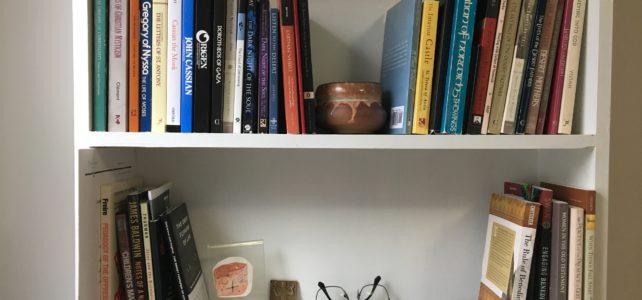
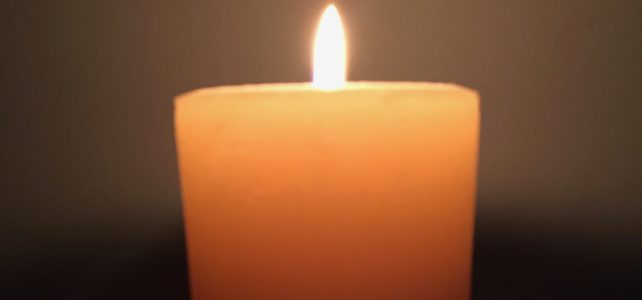
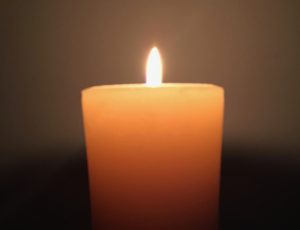 I’m not sure when I began reading books by Thomas Merton. Probably late high school or early college. I’m also not sure how I discovered them. Though I was naturally drawn to contemplative prayer, the word was unfamiliar to me until Merton’s writings provided it. “Contemplative” was not something you heard about sitting in the pews on Sundays or even in religion classes. Not usually. Reflecting on that later, I never understood why. Christianity has a long, rich contemplative tradition.
I’m not sure when I began reading books by Thomas Merton. Probably late high school or early college. I’m also not sure how I discovered them. Though I was naturally drawn to contemplative prayer, the word was unfamiliar to me until Merton’s writings provided it. “Contemplative” was not something you heard about sitting in the pews on Sundays or even in religion classes. Not usually. Reflecting on that later, I never understood why. Christianity has a long, rich contemplative tradition.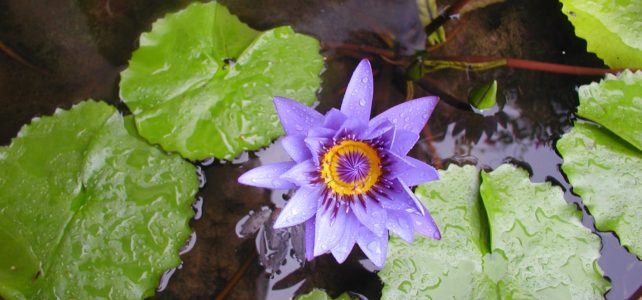
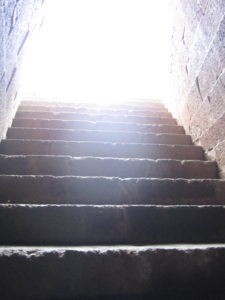
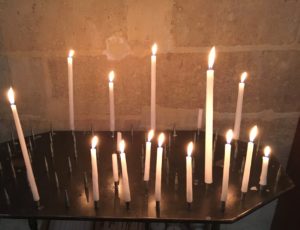
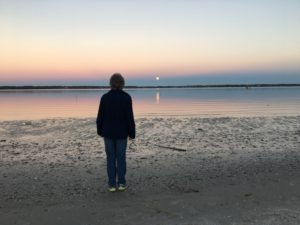


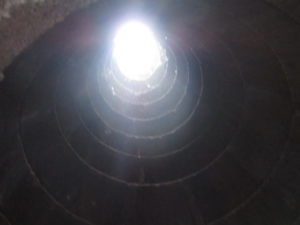


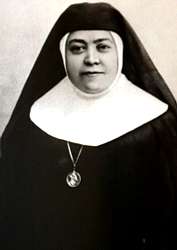 Originally published in The Catholic Times Aug. 13, 2017
Originally published in The Catholic Times Aug. 13, 2017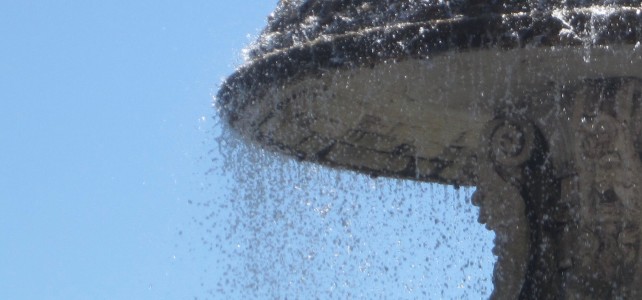
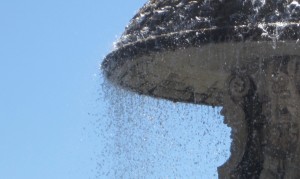
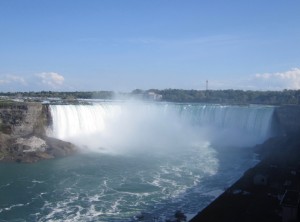
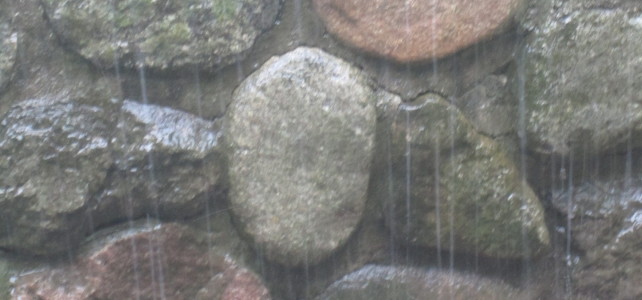
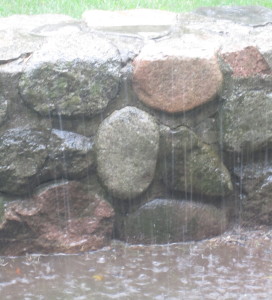
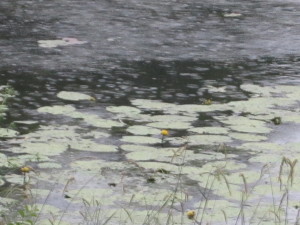
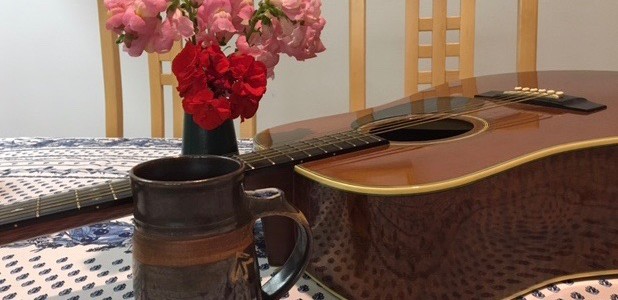
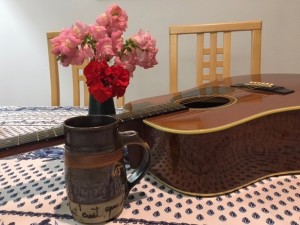 Originally published in The Catholic Times, October 16, 2016
Originally published in The Catholic Times, October 16, 2016